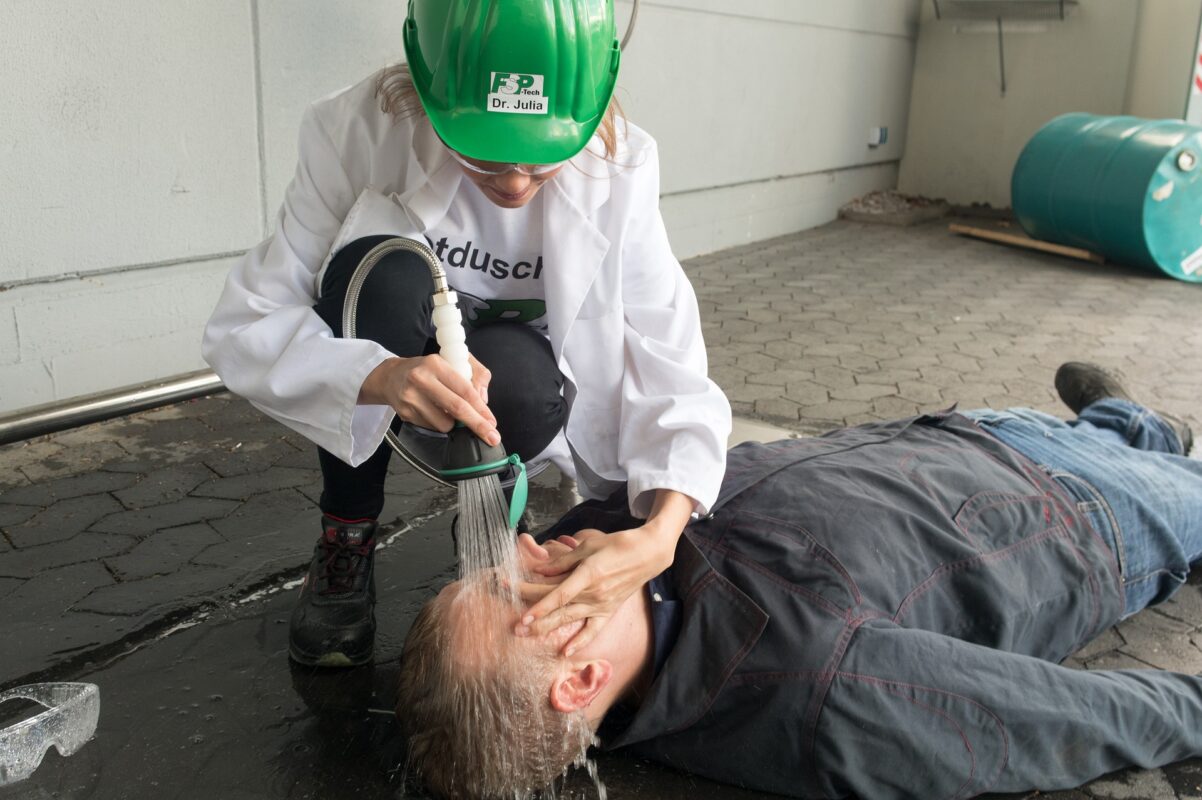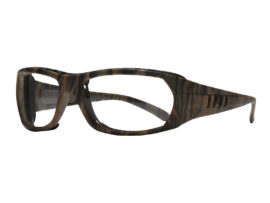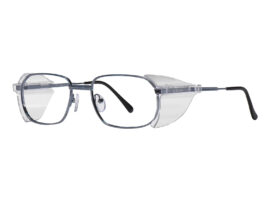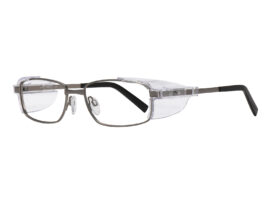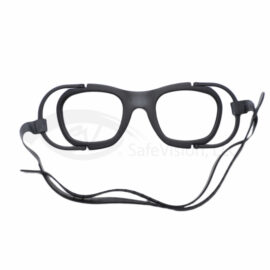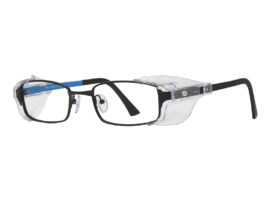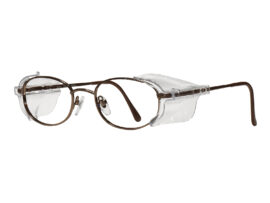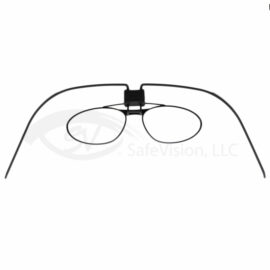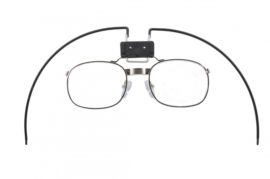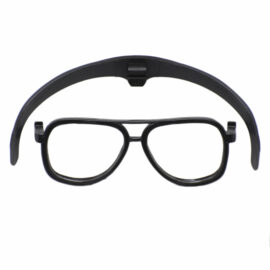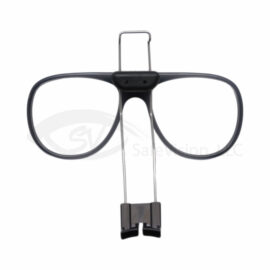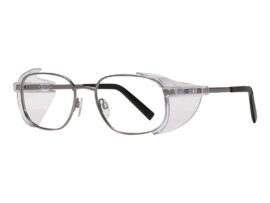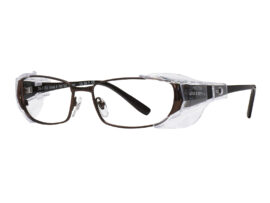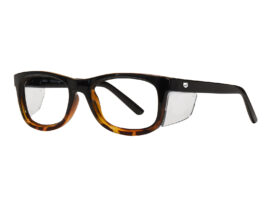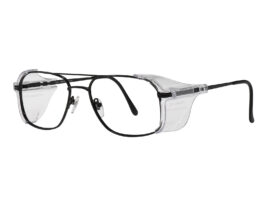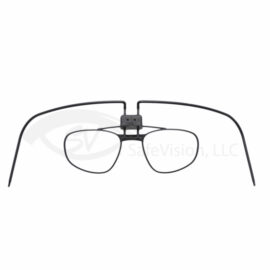Safety
The 7 Most Common Workplace Eye Injuries And How To Avoid Them
Eye injuries are some of the most common injuries that occur in the workplace. According to the U.S. Bureau of Labor Statistics, in 2020, there were 18,510 eye-related injuries and illnesses requiring time away from work. These injuries often happen quickly, require immediate action, and can cause permanent damage if ignored.
Proper eye protection is the best way to prevent these injuries, and having the right prescription safety glasses for your situation can be the difference between safe, healthy eyes and permanent damage or even blindness.
Understanding common eye injuries and implementing preventive measures is crucial for maintaining eye health professionally. Here are the seven most common workplace eye injuries and how to avoid them.
SCRATCHED CORNEA (CORNEAL ABRASION)
The cornea is the outer, transparent layer of the eye over the iris and pupil. If a foreign particle, such as small debris or dust, enters or is rubbed onto the eye, it can scratch or cause abrasions to the cornea.
This can cause severe discomfort in the eye, as well as redness, sensitivity to light, and increased risk of infection. A scratched cornea is common in workplaces where small debris is often in the air, such as construction, woodworking, and metalworking.
To prevent corneal abrasions, use appropriate eye protection and ensure machinery has proper guards to reduce the risk of debris becoming airborne.
EYE BLEEDING (SUBCONJUNCTIVAL HEMORRHAGE)
Eye bleeding, or subconjunctival hemorrhage, occurs when one or more small blood vessels break between the sclera (the white of the eye) and the conjunctiva (the clear outer covering). This causes a bright red or dark patch to appear on the white of the eye.
This injury often happens during increased strain, such as sneezing, heavy lifting, or rubbing the eyes too vigorously. While it can be startling in appearance, eye bleeding is generally not painful, doesn’t cause discomfort or vision changes, and typically resolves on its own.
Though common in everyday life and workplace settings, this type of injury is usually minor. However, if the red spot does not fade within two weeks, or if you experience eye pain, swelling, or vision changes, you should seek medical attention to rule out more serious conditions.
According to the American Academy of Ophthalmology, subconjunctival hemorrhages often clear up without treatment, but recurring cases or those accompanied by other symptoms may require evaluation.
Wearing properly fitted ANSI Z87.1-certified safety glasses can help reduce the risk of eye injuries at work, including trauma that may contribute to broken blood vessels in the eye.
EYE SWELLING (BLUNT FORCE TRAUMA AROUND THE EYE)
Eye swelling, which does not typically affect the eye itself, occurs when the tissue and skin surrounding the eye are impacted by blunt trauma, leading to swelling and bruising.
You may know this condition as a black eye. Any forceful impact to the eye area—such as being struck by tools, equipment, or other objects—can cause this. While it’s most common in workplaces involving heavy machinery or moving equipment, it can happen in virtually any setting.
While this type of injury usually results in tenderness, discoloration, and localized pain, it’s best to seek medical attention to rule out potential complications, such as orbital fractures or internal bleeding.
According to the Cleveland Clinic, a healthcare provider can assess whether additional imaging or treatment is needed based on the severity of the impact.
EYE PENETRATION (FOREIGN OBJECT INJURIES)
Eye penetration occurs when a foreign object, such as a metal shard, wood splinter, or glass fragment, becomes embedded in the eye—either on the surface or deeper within the eye’s structure.
These injuries typically happen in work environments where flying debris is present, especially when materials are propelled with force during tasks like grinding, cutting, or drilling. Penetrating trauma can result in severe pain, bleeding, vision loss, and long-term complications if not treated immediately.
Protective eyewear with impact-resistant lenses can significantly reduce the risk of this type of injury. If your safety glasses come with removable side shields, be sure they are always attached while on the job, as side protection helps block debris from reaching the eye from lateral angles.
If a penetrating injury occurs, it is critical to seek emergency medical care immediately. Do not try to remove the object yourself, as doing so may cause further damage.
The American Academy of Ophthalmology recommends stabilizing the object if possible and avoiding pressure on the eye until a professional can treat you.
CHEMICAL EXPOSURE AND BURNS
Many workplaces handle hazardous chemicals as part of daily operations, and accidental exposure to the eyes can lead to anything from mild irritation to serious injury.
Depending on the chemical involved, symptoms may include burning, painful redness, excessive tearing, or more severe reactions.
Even fine dust, commonly generated when sanding or cutting wood, can cause eye irritation or long-term damage if not properly managed.
Wearing the right protective eyewear is essential.
Opt for sealed safety glasses or goggles that offer a tight fit to prevent splashes or airborne particles from reaching the eyes. Look for ANSI Z87.1-rated markings that indicate protection levels:
-
- D3 for splash and droplet protection
- D4 for dust protection
- D5 for fine dust protection
Products like the GT20 sealed goggles are available with prescription lenses and rated for all three hazard levels.
If your eyes are exposed to a chemical, flush them immediately with clean water—ideally using an eyewash station—and seek medical attention, even if the irritation subsides.
IRITIS
Iritis, or inflammation of the iris—the colored part of the eye—can be triggered by several causes, including blunt trauma, chemical exposure, excessive rubbing, or contact with foreign particles.
Symptoms of iritis may include eye pain, redness, sensitivity to light (photophobia), an irregularly shaped pupil, and blurred vision or vision loss. In many cases, these symptoms may not appear immediately after the injury but can worsen if left untreated.
If not addressed promptly, iritis can lead to permanent eye damage, including vision impairment or blindness.
Anyone experiencing these symptoms after an exposure or impact—especially in a workplace setting—should seek medical care immediately to reduce the risk of long-term complications.
HYPHEMA (BLEEDING BETWEEN THE CORNEA AND IRIS)
A hyphema occurs when blood collects in the anterior chamber of the eye — the space between the cornea and the iris — typically as a result of blunt trauma to the facial bones or orbital area.
If an object strikes these bones with enough force to cause a fracture, bleeding inside the eye may follow. Symptoms of hyphema include eye pain, a reddish tint in the eye, blurred vision, and sensitivity to light.
Always wear high-impact-resistant safety eyewear that meets ANSI standards to reduce the risk of this type of injury.
Side shields offer added lateral protection against forceful impacts for frames that support them. Proper fit and full coverage can be critical, especially when operating heavy machinery or working in high-risk environments.
For more information on choosing the best eyewear for impact resistance, see this comparison between polycarbonate and Trivex lenses.
Though hyphema may be less common in typical workplace settings, it remains a concern in roles involving tools or equipment capable of producing strong physical force.
FREQUENTLY ASKED QUESTIONS
Dust (D4) and fine dust (D5) refer to particle size. D4-rated eyewear protects against larger airborne debris, while D5-rated eyewear is necessary for ultrafine particles created during tasks like wood sanding, cutting, or grinding.
No. If you suspect a penetrating eye injury, do not rinse the eye or attempt to remove the object. Instead, gently cover the eye with a clean, rigid shield (like the bottom of a paper cup), avoid pressure, and get immediate medical attention. Attempting to remove the object can worsen the damage.
While digital eye strain may not be an acute injury like a chemical splash or corneal abrasion, it’s recognized as an occupational health concern—especially in jobs requiring extended screen time. If symptoms like blurry vision, headaches, or dry eyes persist, speak with your eye care provider about using blue light filtering lenses or adjusting your workstation ergonomics.
MAKE SURE YOU’RE PROTECTED
While it’s important to identify potential risks and reduce hazards where possible, nearly all of the injuries discussed can be prevented—or significantly reduced—by wearing proper eye protection in the workplace.
Choosing high-quality prescription safety glasses that match your job duties and work environment is one of the most effective ways to safeguard your vision in potentially hazardous settings.
If an eye injury does occur, always seek prompt medical attention to minimize long-term damage and ensure proper treatment.
You can find a wide selection of impact-rated, ANSI Z87.1-compliant safety glasses in our full collection of protective eyewear, built for comfort, clarity, and compliance—whether at work or home.

